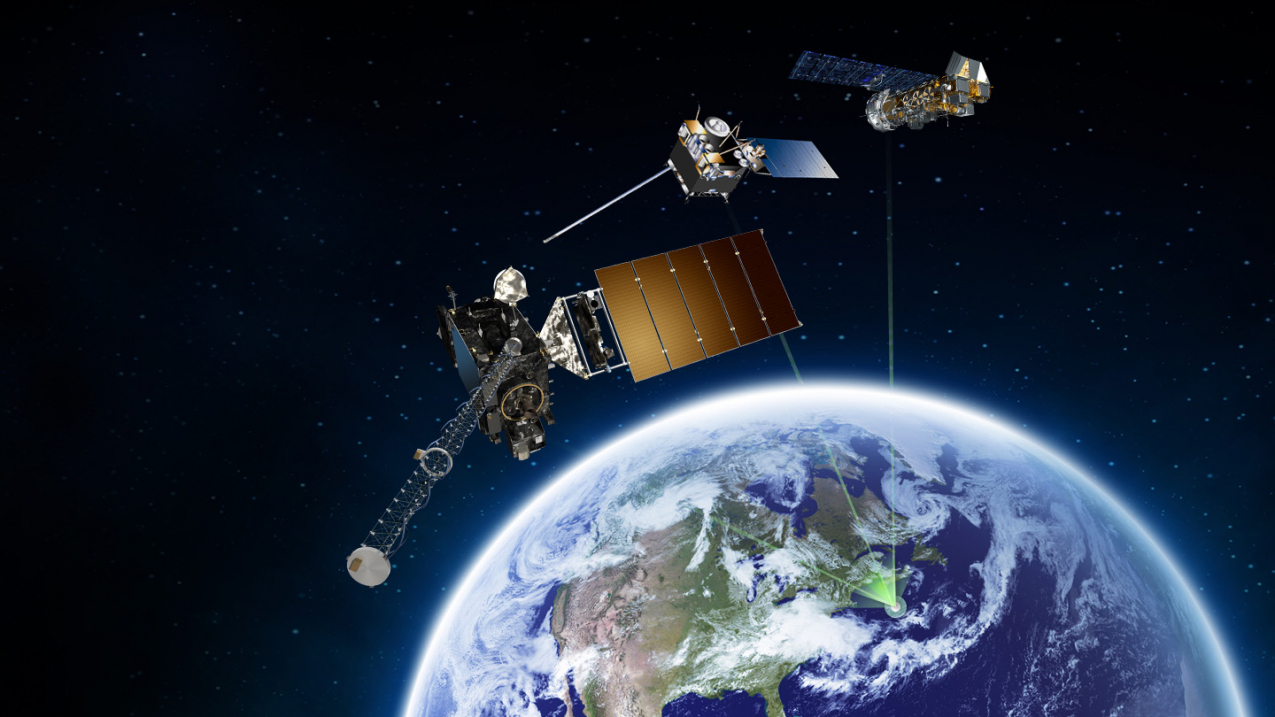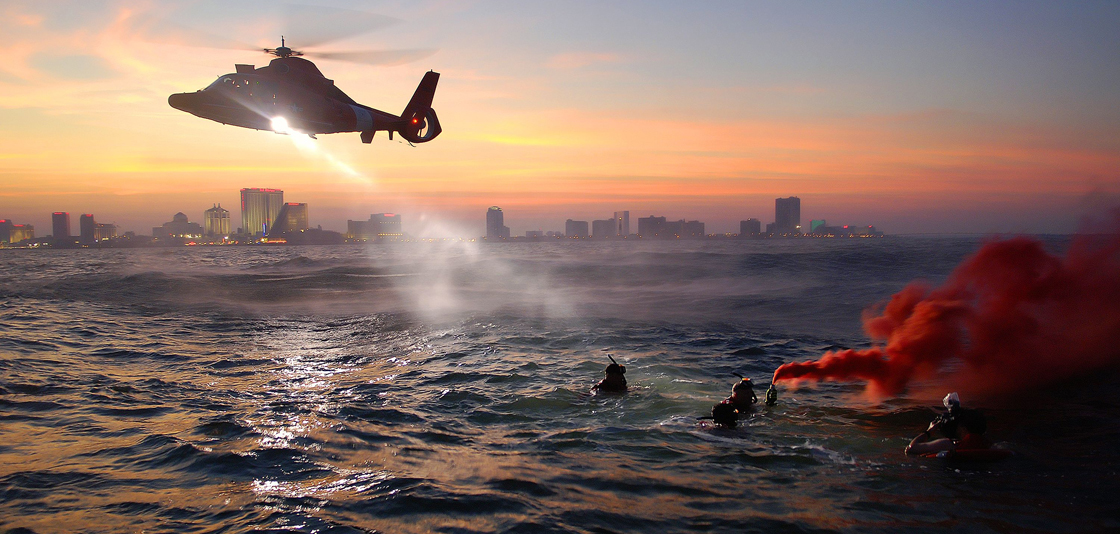Last November in the skies north of Las Cruces, New Mexico, a U.S. Air Force pilot ejected from his F-16 fighter jet. When he safely reached the ground, the signal from his personal locator beacon, or PLB, was promptly picked up by NOAA satellites; the same spacecraft that help predict and track weather in the United States. That distress signal set into motion a coordinated rescue mission that brought him safely back to his family.

NOAA polar orbiting (right), geostationary (middle), and the new GOES-R series (left) satellites are part of the SARSAT constellation. (Image credit: NOAA)





